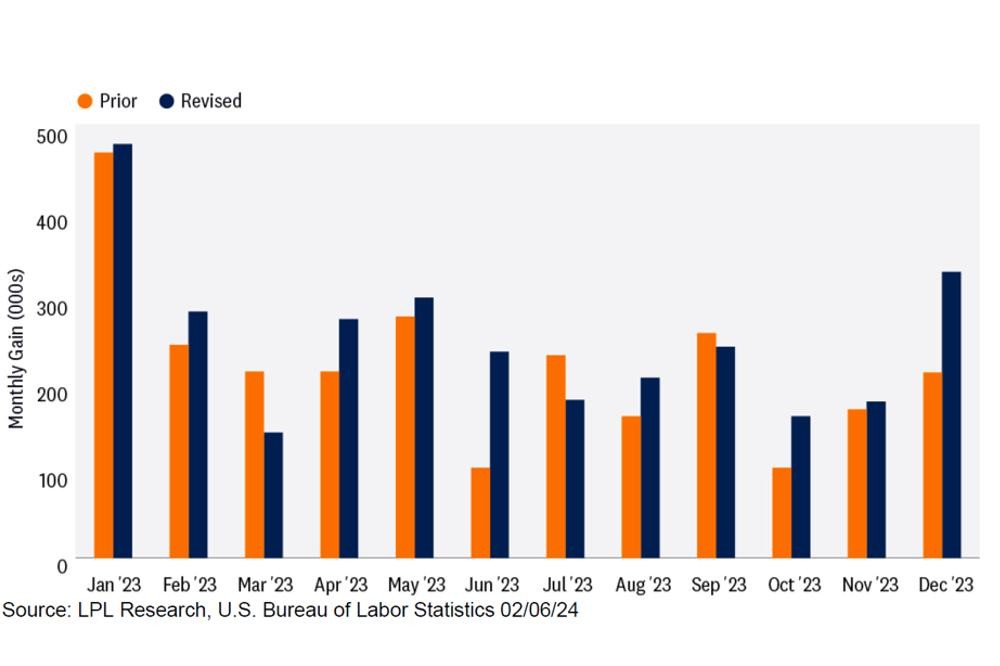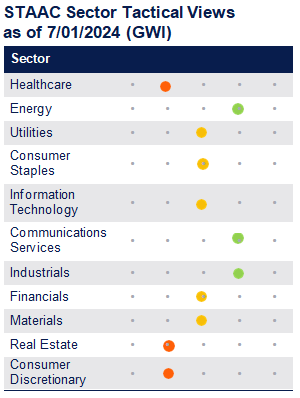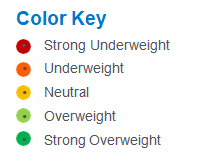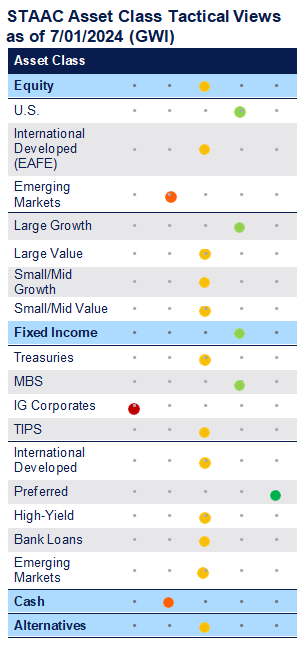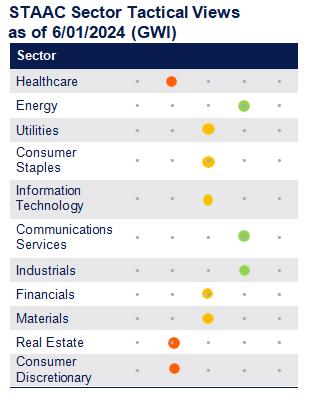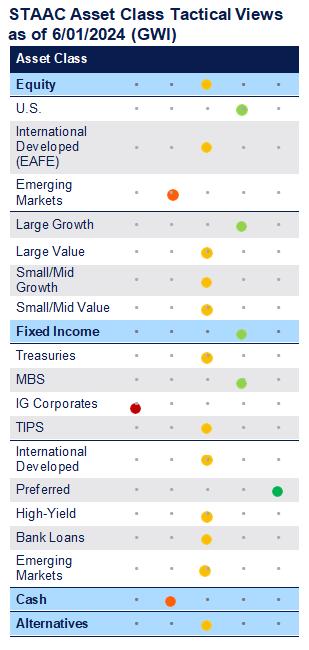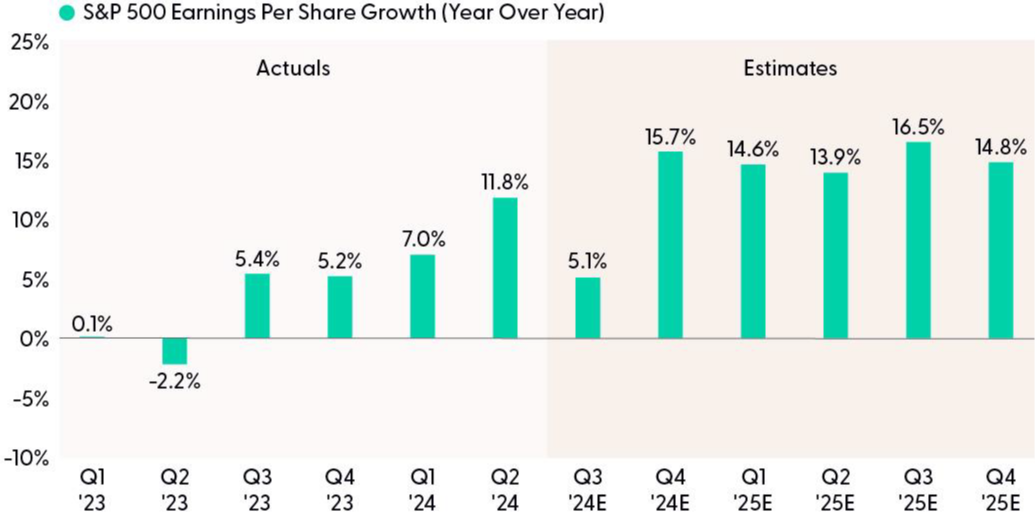The end of another year is the perfect time to take stock of where you stand to make the most of opportunities that can benefit you now and in the future. Two of the most important ways are through a year-end financial review and strategic charitable giving.
A year-end review helps ensure that your financial plan stays aligned with your goals. It’s an opportunity to assess how your portfolio has performed and whether adjustments are appropriate, allowing you to evaluate whether your savings, spending and investment strategies are on track for retirement or other life goals. It’s also the time to review whether your tax planning, insurance coverage, and estate strategies still fit your current situation.
And beyond the personal satisfaction of supporting causes that matter to you, thoughtful charitable contributions can have real tax benefits. When giving is well-planned, it not only strengthens your chosen organizations but will also enhance your overall financial picture.
As an advisor, my role is to help you see the big picture, identify smart strategies, and ensure your financial plan evolves as your life does. Let’s work together to close out this year wisely and begin the next one with clarity and purpose.
I hope you’ll check out these articles, which are packed full of valuable information. Please share them with family and friends who could also benefit from their contents.


